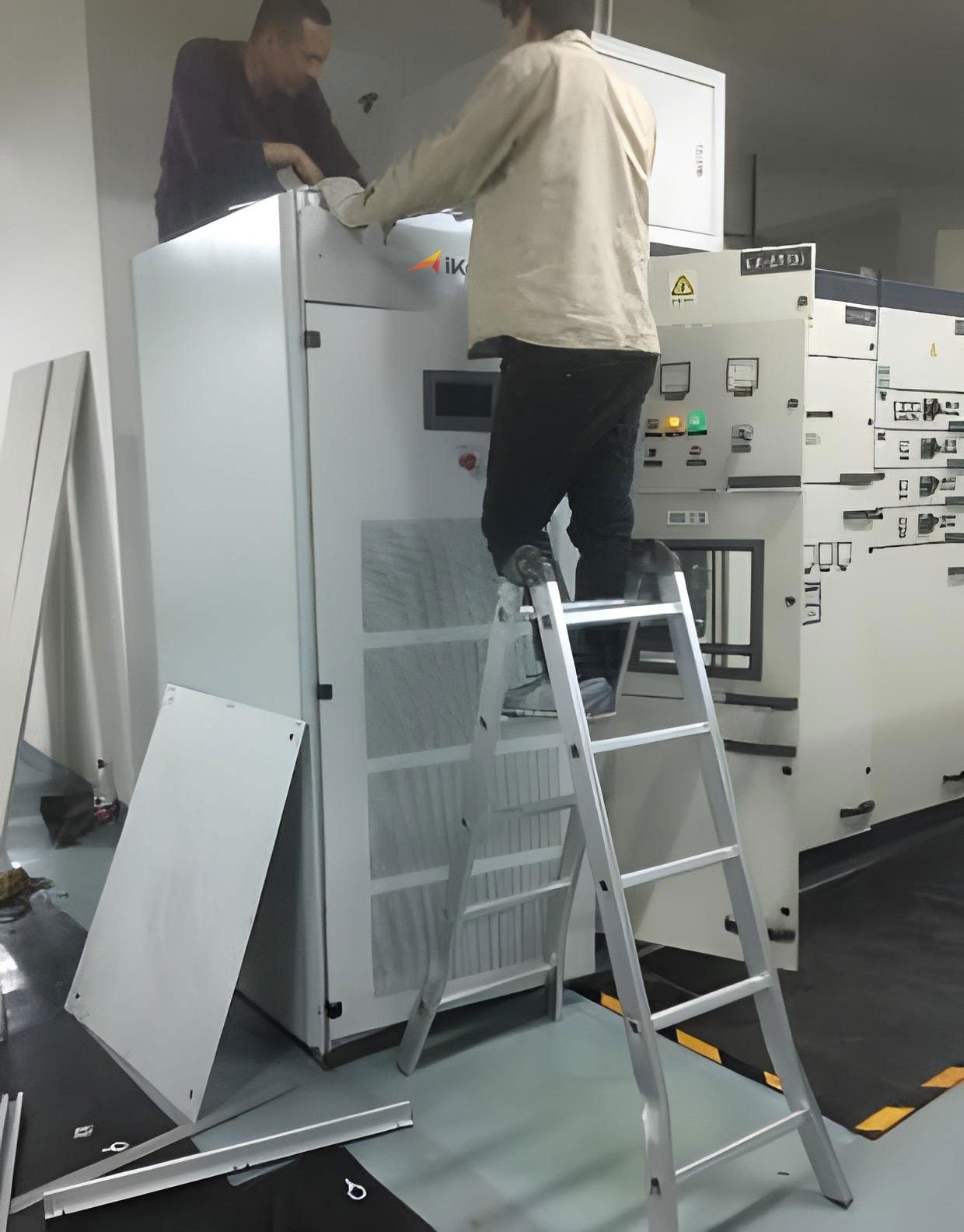PROJECTS
Empowering Your Projects for Success, We Help You Overcome Challenges
Beijing Beichen Times TowerActive Harmonic Filter for Commercial Building Industry
Beijing Beichen Times TowerActive Harmonic Filter for Commercial Building Industry

Project Introduction
Beijing Beichen Times Tower is a high-quality business complex combining Grade A office spaces and upscale shopping centers. The project has 12 transformers, with main loads including variable frequency air conditioning, elevators, and lighting, all of which can generate harmonics. Transformers No. 8 and No. 11 have higher loads and show significant harmonics in their compensation controllers. Following the owner’s suggestion, our harmonic testing confirmed a high level of harmonic content.
Analysis and Solution



Beijing Beichen Times Tower project has numerous energy-saving lighting devices, such as fluorescent lamps and showcase downlights, which use ballasts and primarily generate 3rd-order zero-sequence harmonics. Additionally, there are rectifier-type UPS systems, office equipment, variable frequency air conditioners, and elevators, which mainly produce 5th and 7th-order harmonics. The significant harmonic generation degrades power quality and affects the stable operation of distribution and production equipment.
The project uses our IKM-Active Harmonic Filter 400Amps, and the equipment is currently operating normally.
Performance

THDi Before Mitigation 54.3%

THDi After Mitigation 6.3%
After the equipment was installed, the harmonic current distortion rate was reduced from 54.3% to 6.3%. The harmonic mitigation effect is excellent, effectively eliminating harmonic currents in the distribution system, improving power quality, reducing line losses, and ensuring the stable operation of distribution and production equipment.